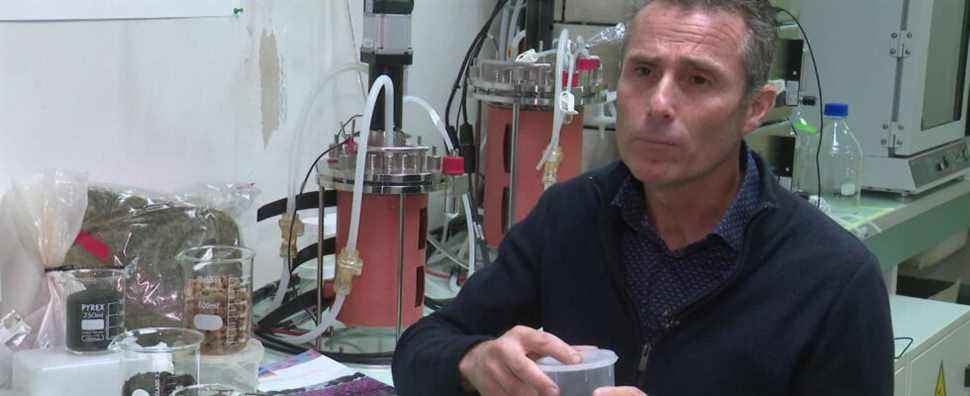Since 2011, at the University of La Rochelle, a team of researchers from the BCBS laboratory (Biotechnologies and Chemistry of Bioresources for Health) have been examining the benefits of seaweed, whether green, red or brown. Long-term work, bringing hope in the fight against cancer.
To understand their approach, you must first become familiar with a barbaric word: heparanase. According to Thierry Maugard, the director of the BSBC team, “the presence in the body of this macro-molecule is a sign of poor prognosis for the patient”. Because heparanase is involved in the creation of blood vessels around a tumor but also in the invasion and migration of tumor cells into the tissues.

What can seaweed do against this sneaky molecule? “From algae, we will extract complex sugars which are effective in blocking this famous heparanase, explains Thierry Mauglard. Potentially, it would slow down the development of the tumor.”
It is still necessary to allow these algae sugars to go to the tumour. This is what Manon Porta, a doctoral researcher at the University of La Rochelle, is testing. The young woman shows a tube containing “a solution of nanoparticles” : “We are going to coat them with algae extracts to make kinds of small vehicles that will bring anti-cancer drugs directly to the tumor..”

This research is long… and expensive. The League Against Cancer has released more than one million euros, including €200,000 for 2021 alone. However, Thierry Maugard knows that it will still take time for clinical studies on human beings to be possible. According to him, “only big pharma [ces géants de l’industrie pharmaceutique que sont Johnson & Johnson, Pfizer, Merck, GSK … NDLR] are in a position to finance them”.

Beyond the results and their application, this research once again shows the incredible potential of the marine environment and in particular of algae. Their virtues have been known for millennia, especially in Asia where it is commonly consumed. They are full of protein, vitamins, fiber and other beneficial substances for our body that make it an almost magical food. Of more and more laboratories are focusing on the benefit of their molecules. With convincing results and perhaps soon within the reach of the general public. Like this patent filed recently for a cream and a gel based on Skeletonema marinoi, effective in the treatment of acne. This microscopic algae, invisible to the naked eye, is present in large quantities on the Atlantic coast.
Because the interest of this “raw material” is also its proximity. According to Vincent Doumeizel, Ocean Advisor to the United Nations Global Compact and author of The seaweed revolution (Equator editions), “France has enormous potential” : “We have in Brittany an algal zone unique in the world“. For him, “we must bet on algae”, en further developing seaweed farming in France. A sector currently dominated by Asia (China and Japan) where 99% of world production is concentrated, with the cultivation of algae in artificial ponds. On the France 24 website, we discover that “France and Norway dominate production still very limited… Only 32% seaweed comes from seaweed farming in Europe”.
